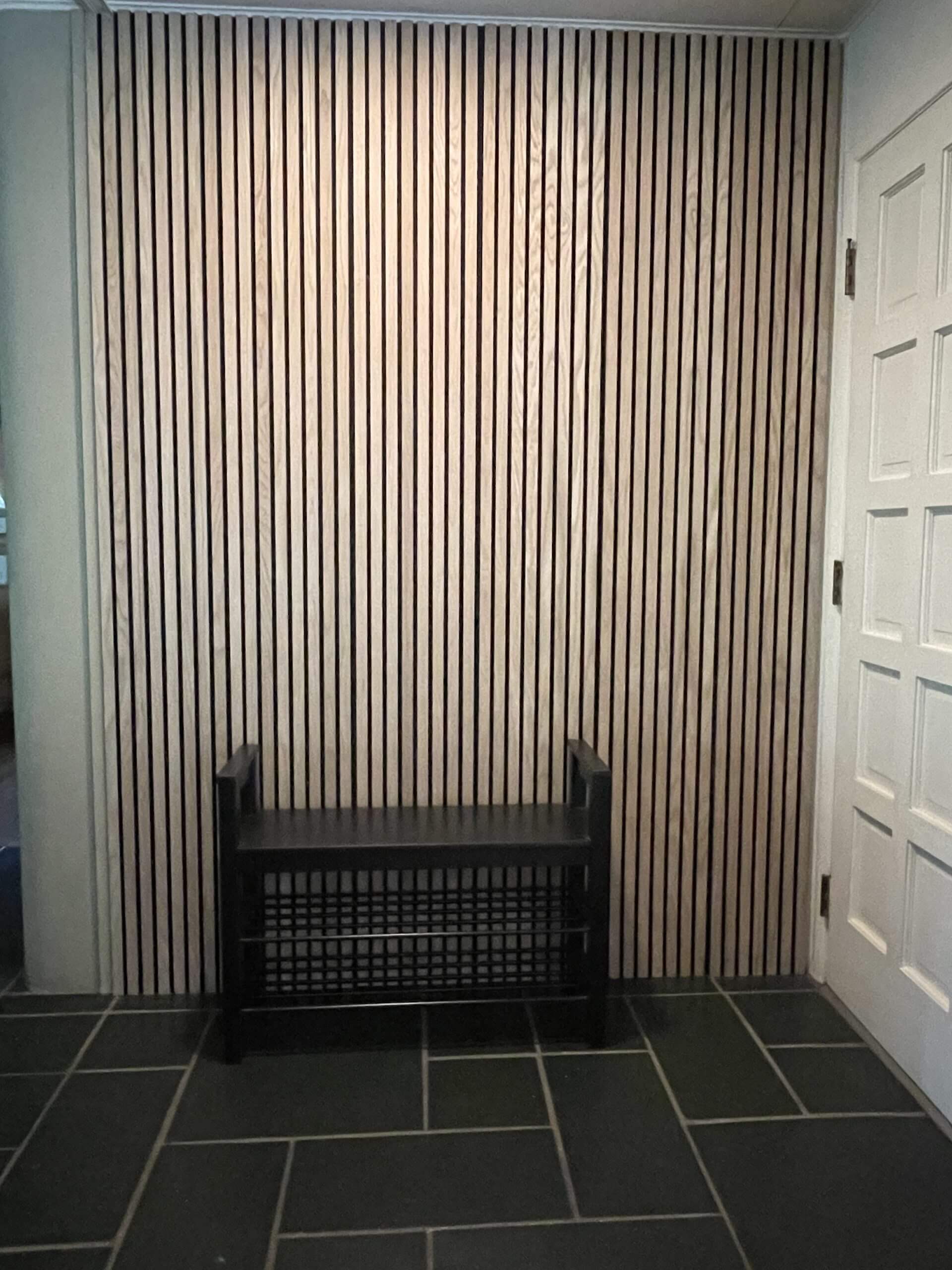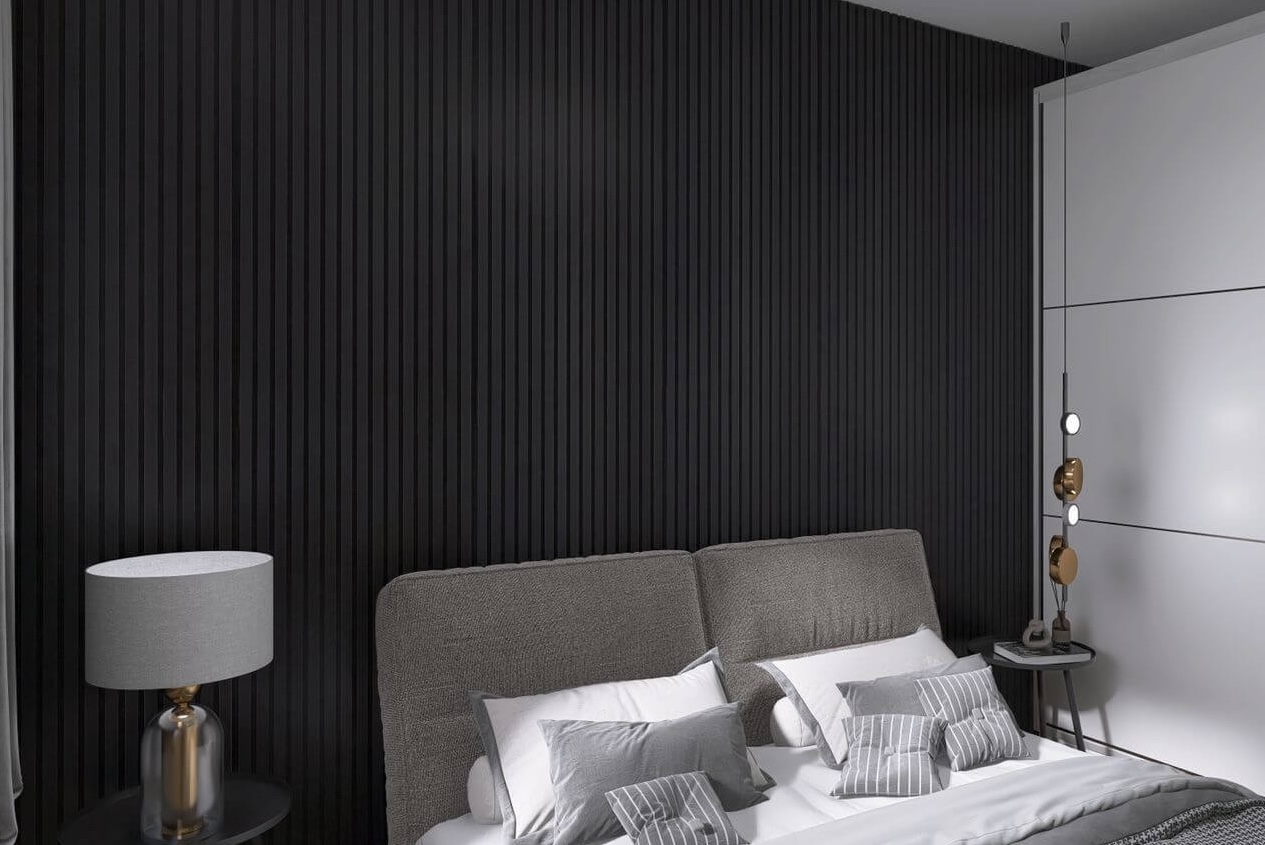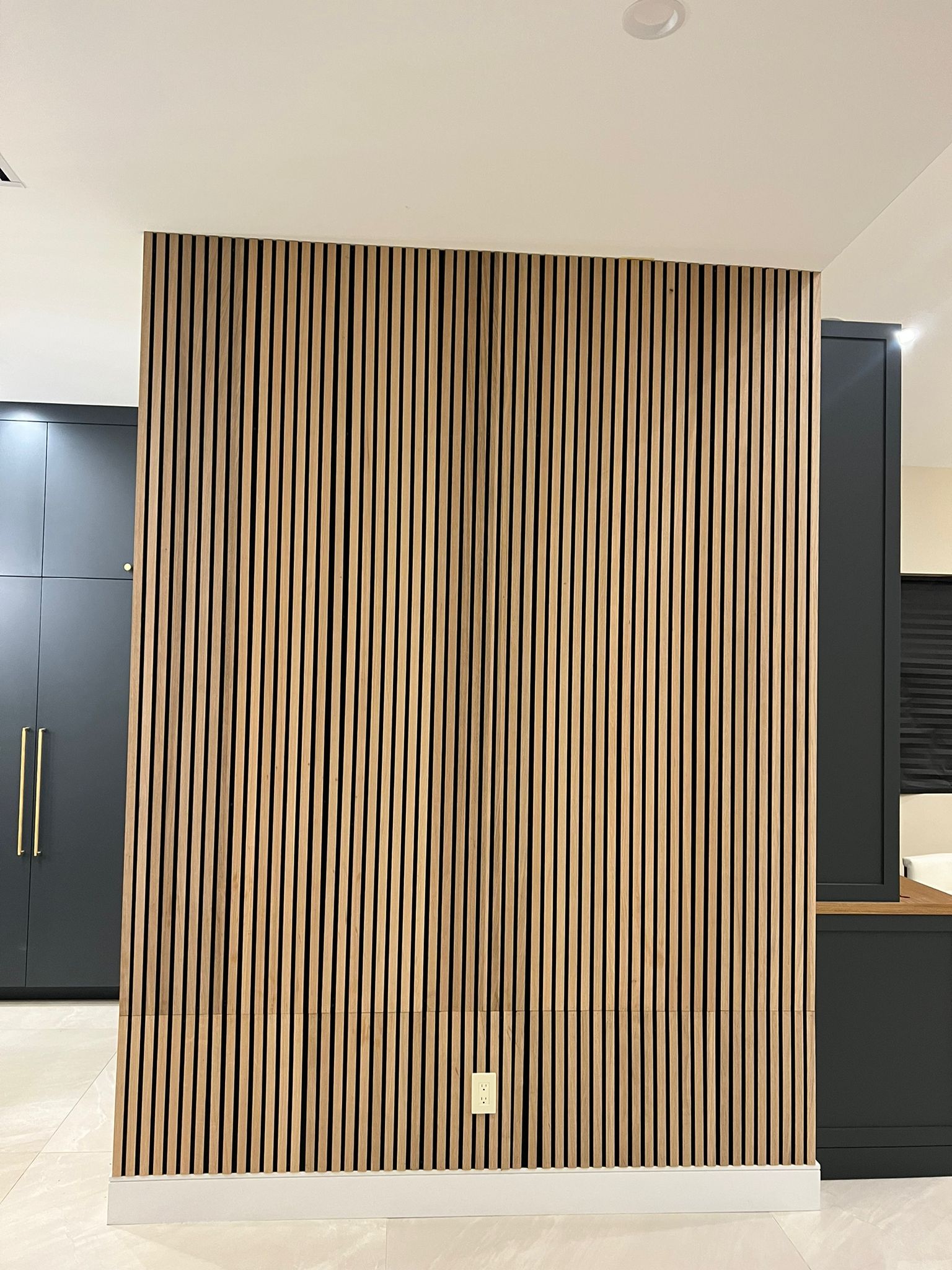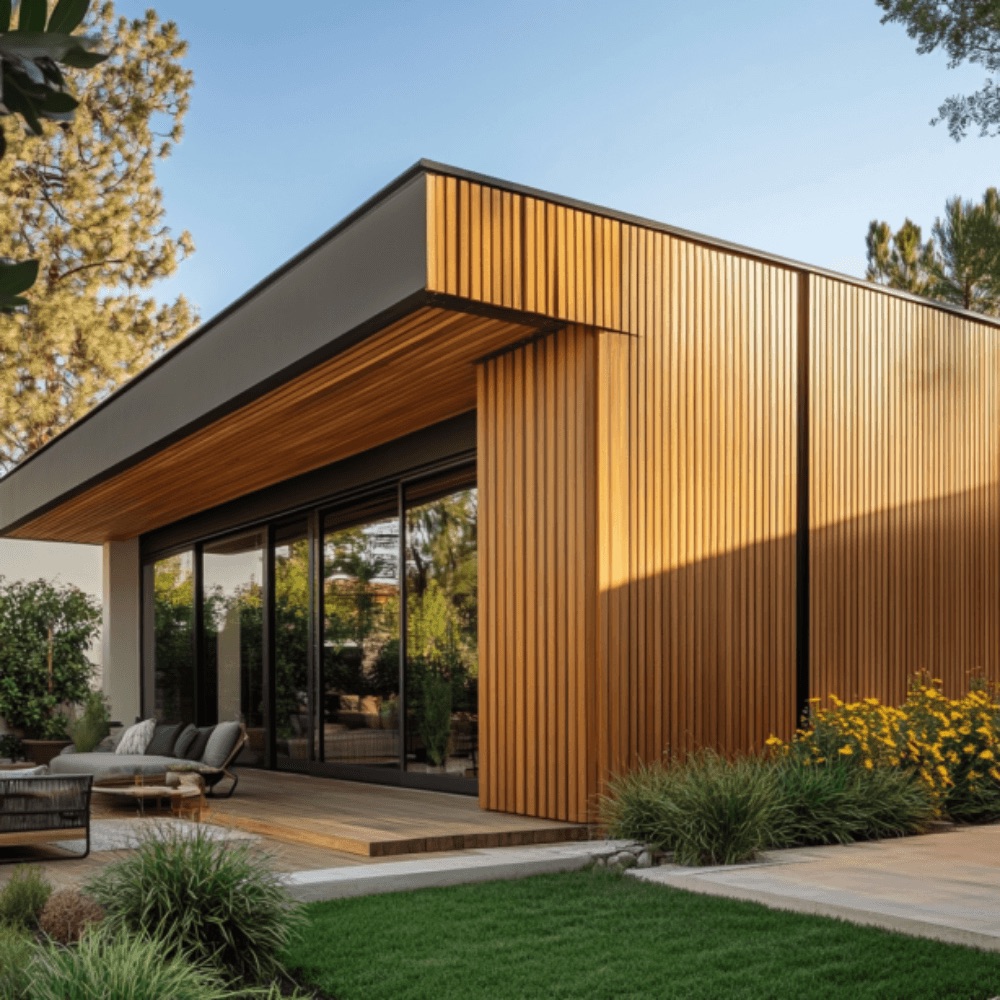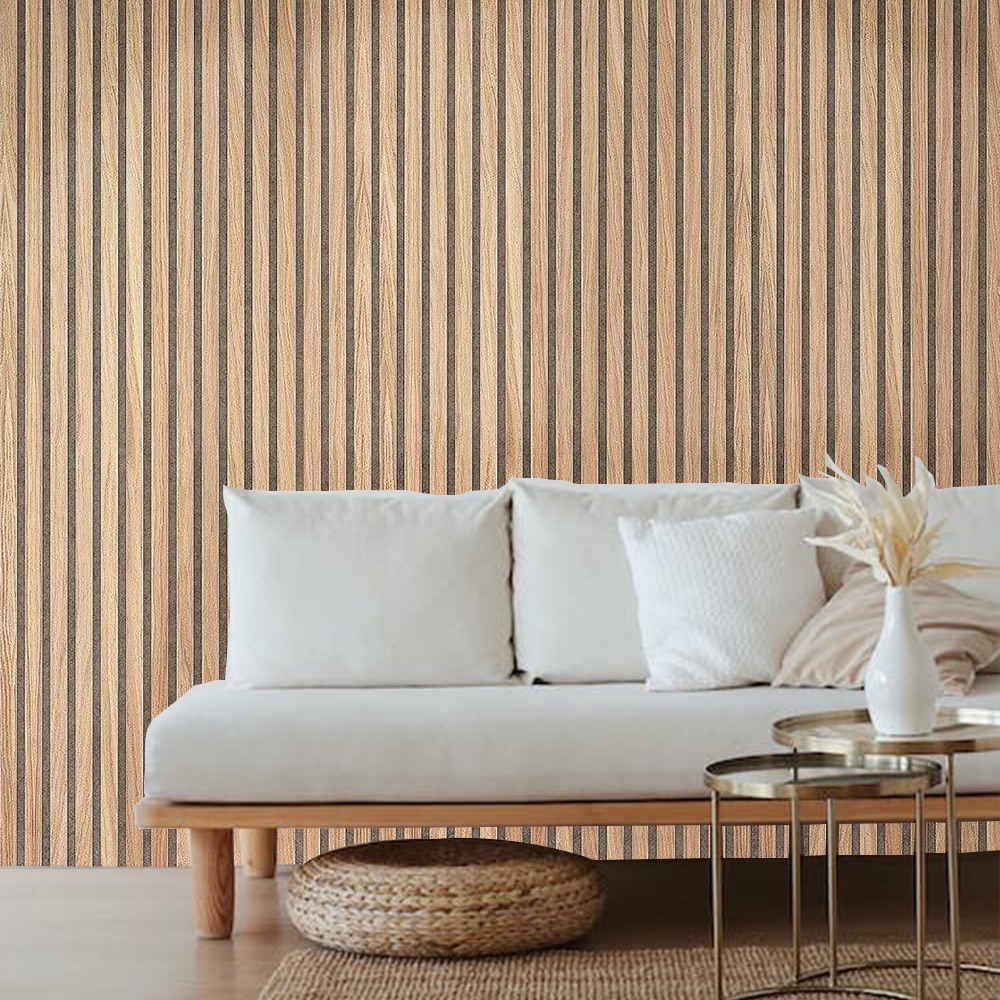When installing new siding on your home, one crucial step that often gets overlooked is the application of house wrap before siding. House wrap acts as a protective barrier that helps to prevent moisture, air infiltration, and even improves energy efficiency. Skipping this step can lead to several serious consequences that may affect the longevity, efficiency, and overall comfort of your home.
In this article, we will explore the risks associated with skipping house wrap before siding, diving into its importance, the potential damage that can occur, and how you can avoid costly repairs in the future.
The Importance of House Wrap Before Siding
House wrap serves as a secondary barrier between the exterior of your home and the outside elements. It is a weather-resistant barrier that helps control the flow of water and air. Not installing it before siding can result in a number of serious problems:
- Moisture Penetration: Without house wrap, water can easily seep behind the siding and cause damage to the structure of your home.
- Energy Inefficiency: House wrap adds a layer of insulation, preventing drafts and improving the energy efficiency of your home.
- Mold and Mildew Growth: Moisture that penetrates the walls can encourage the growth of mold and mildew, leading to health hazards and structural damage.
Skipping this step might save time initially, but in the long run, the consequences can be quite severe.
Risk #1: Water Damage and Rot
One of the most significant risks of skipping house wrap before siding is the potential for water damage. Siding alone is not a waterproof material. When rain or snow seeps through cracks or poorly installed siding, it can cause the underlying structure of your home to become damp. Over time, this moisture can lead to rot, which weakens the framework of the house.
- Consequences: Water damage can cause walls to warp, floors to buckle, and ceilings to stain.
- Prevention: House wrap acts as a moisture barrier, ensuring that water doesn’t reach the wood framing.
Unprotected walls are especially vulnerable in areas with high precipitation or frequent weather changes. By installing house wrap before siding, you can avoid expensive repairs caused by water infiltration.
Risk #2: Poor Air Quality and Mold Growth
Another risk that comes with skipping house wrap before siding is poor air quality inside your home. Moisture trapped in the walls creates the perfect breeding ground for mold and mildew. Mold is not only unsightly but also poses a health risk to homeowners. It can trigger allergies, respiratory problems, and other health issues.
- Health Risks: Prolonged exposure to mold can lead to asthma, bronchitis, and skin irritation.
- Structural Risks: Mold can cause significant damage to the wood structure, weakening it over time.
- Prevention: Installing house wrap before siding significantly reduces the chance of moisture build-up and mold growth, as it allows any moisture that does get behind the siding to escape.
By avoiding the house wrap installation, you increase the likelihood of long-term air quality issues, which can be detrimental to both your health and the health of your home.
Risk #3: Energy Inefficiency and Higher Bills
House wrap before siding also acts as an air barrier. Without it, your home becomes more susceptible to drafts and air leakage, which makes it less energy efficient. This inefficiency forces your heating and cooling systems to work harder, leading to higher energy bills.
- Higher Costs: Skipping house wrap can significantly increase your energy costs, especially in extreme weather conditions.
- Loss of Comfort: Drafts can make rooms uncomfortable, forcing you to overcompensate with heating or cooling systems.
- Sustainability: An energy-efficient home is more environmentally friendly. By installing house wrap before siding, you’re also reducing your home’s carbon footprint.
If you’re aiming to have a home that is comfortable year-round without excessive energy consumption, house wrap should be a priority during the siding installation process.
Risk #4: Shortened Lifespan of Siding
Siding is designed to protect your home, but it has its limits. Without the added protection of house wrap, siding is more likely to fail prematurely. Constant exposure to moisture, wind, and other elements can cause it to crack, warp, or even come loose.
- Longevity: Proper installation of house wrap before siding ensures that your siding lasts longer, providing better value for your investment.
- Durability: House wrap helps protect the back of the siding from moisture, reducing the chances of damage over time.
Investing in quality siding installation, including the use of house wrap, can significantly increase the lifespan of your siding, helping you avoid frequent and costly replacements.
Risk #5: Decreased Property Value
Lastly, skipping house wrap before siding can impact the resale value of your home. Potential buyers are likely to view the lack of house wrap as a sign of poor construction quality. Homes without proper weather barriers tend to have more issues, such as water damage and mold, which can lower the property’s overall value.
- Buyer Concerns: A home inspection can easily reveal whether house wrap was used, and buyers may be hesitant to purchase a home that lacks this crucial feature.
- Costly Repairs: Homes that need extensive repairs due to water damage or air leakage may see reduced offers from potential buyers.
- Increased Value: Installing house wrap before siding helps maintain the structural integrity of your home and improves its resale value.
If you’re thinking about the long-term value of your home, it’s essential to consider the benefits of house wrap before siding as a protective measure.
Frequently Asked Questions
1. What is house wrap, and why is it necessary?
House wrap is a water-resistant barrier installed between the siding and the exterior wall of a house. It is essential because it prevents water infiltration, improves energy efficiency, and helps prevent mold and mildew growth.
2. Can I skip house wrap if I live in a dry climate?
Even in dry climates, house wrap provides protection from air infiltration and energy loss. Skipping house wrap before siding can still result in drafts and higher energy bills.
3. How does house wrap improve energy efficiency?
House wrap creates an airtight barrier that reduces air leakage. This helps your heating and cooling systems work more efficiently, reducing energy consumption and lowering utility bills.
4. Will skipping house wrap affect the lifespan of my siding?
Yes. Without house wrap, siding is exposed to more moisture, which can cause it to warp, crack, or fail prematurely.
5. Is house wrap expensive?
House wrap is relatively inexpensive compared to the potential cost of repairs due to water damage or air leaks. It’s a small investment that can save you thousands in the long run.
By understanding the risks of skipping house wrap before siding, you can ensure that your home remains protected, energy-efficient, and comfortable for years to come.


